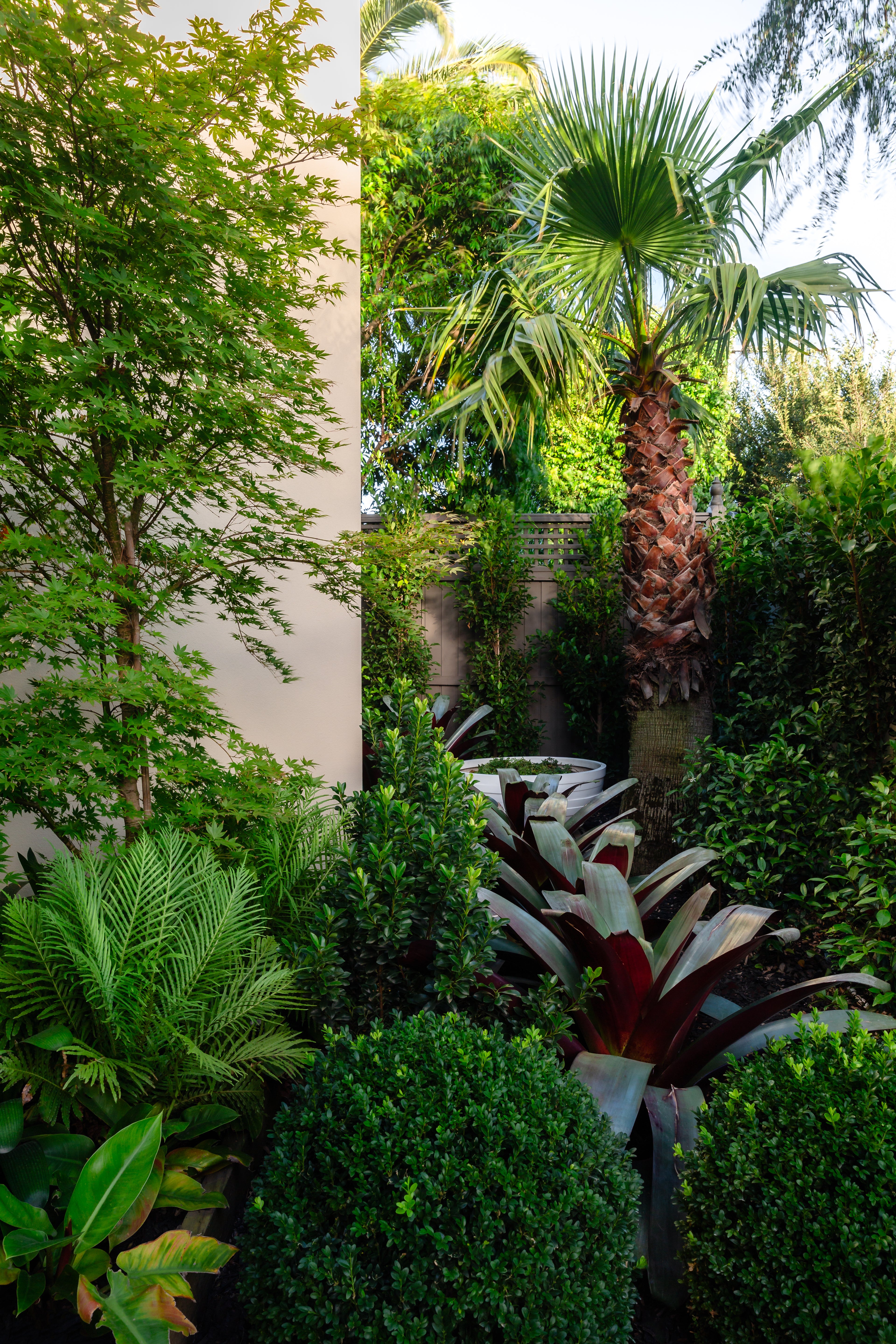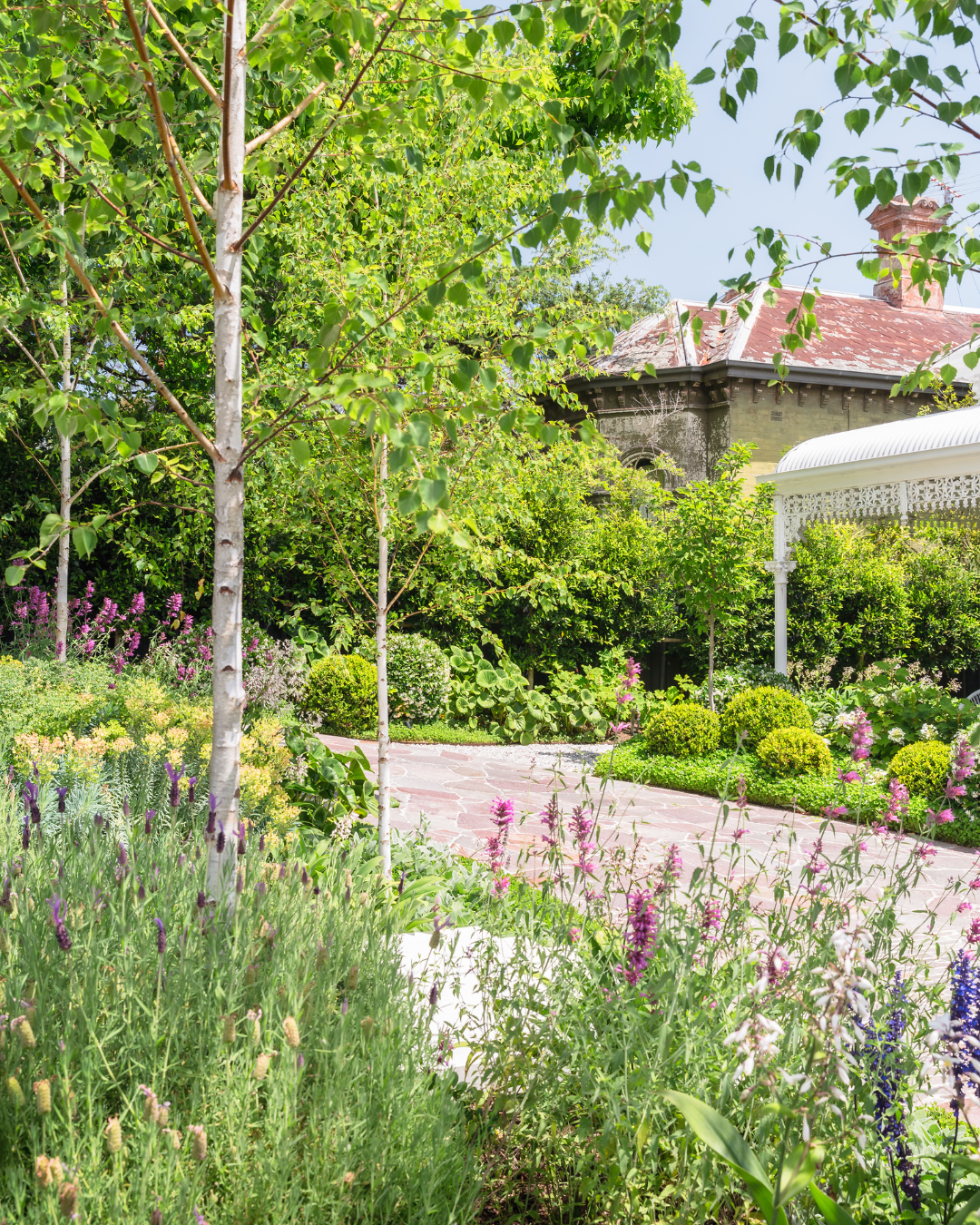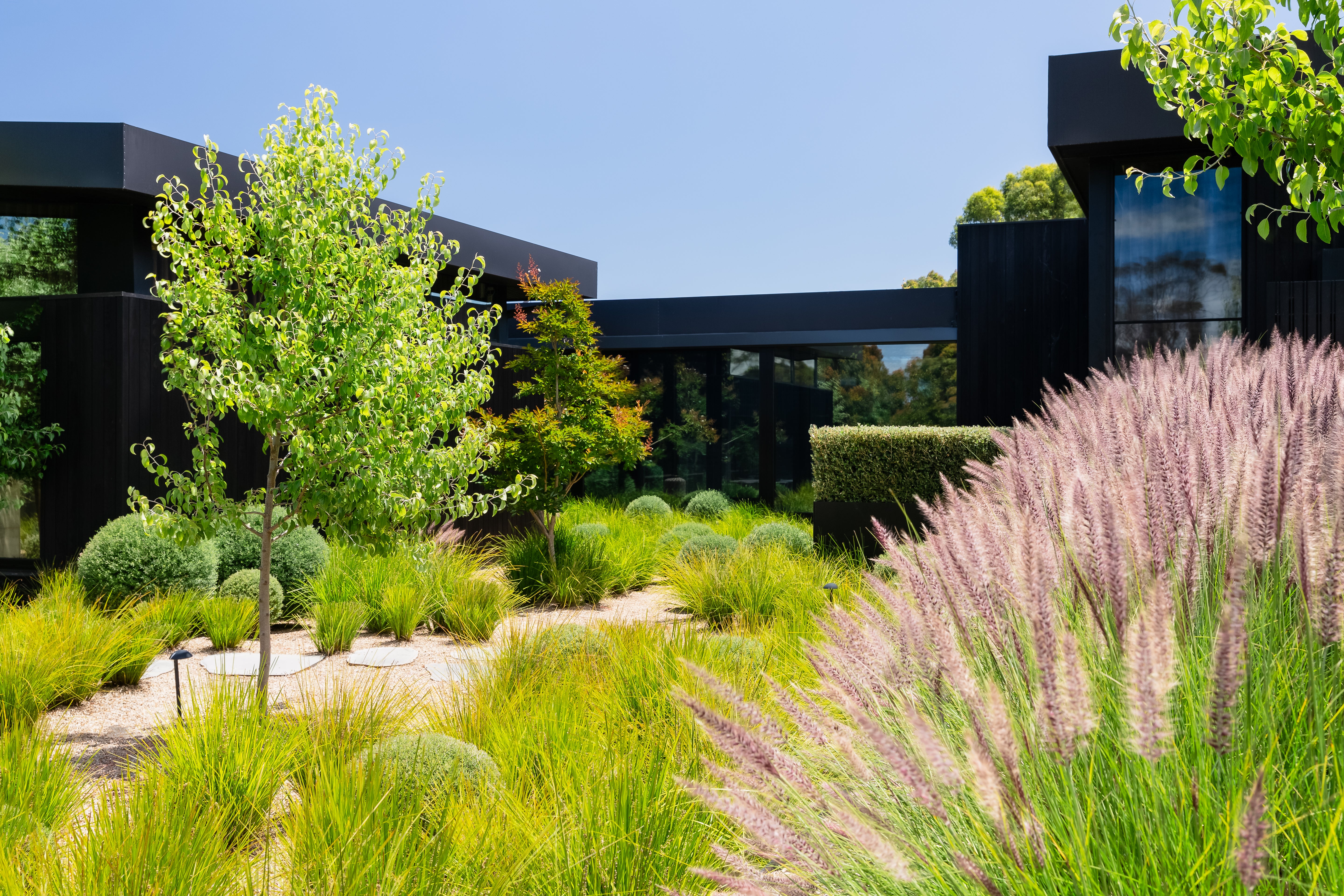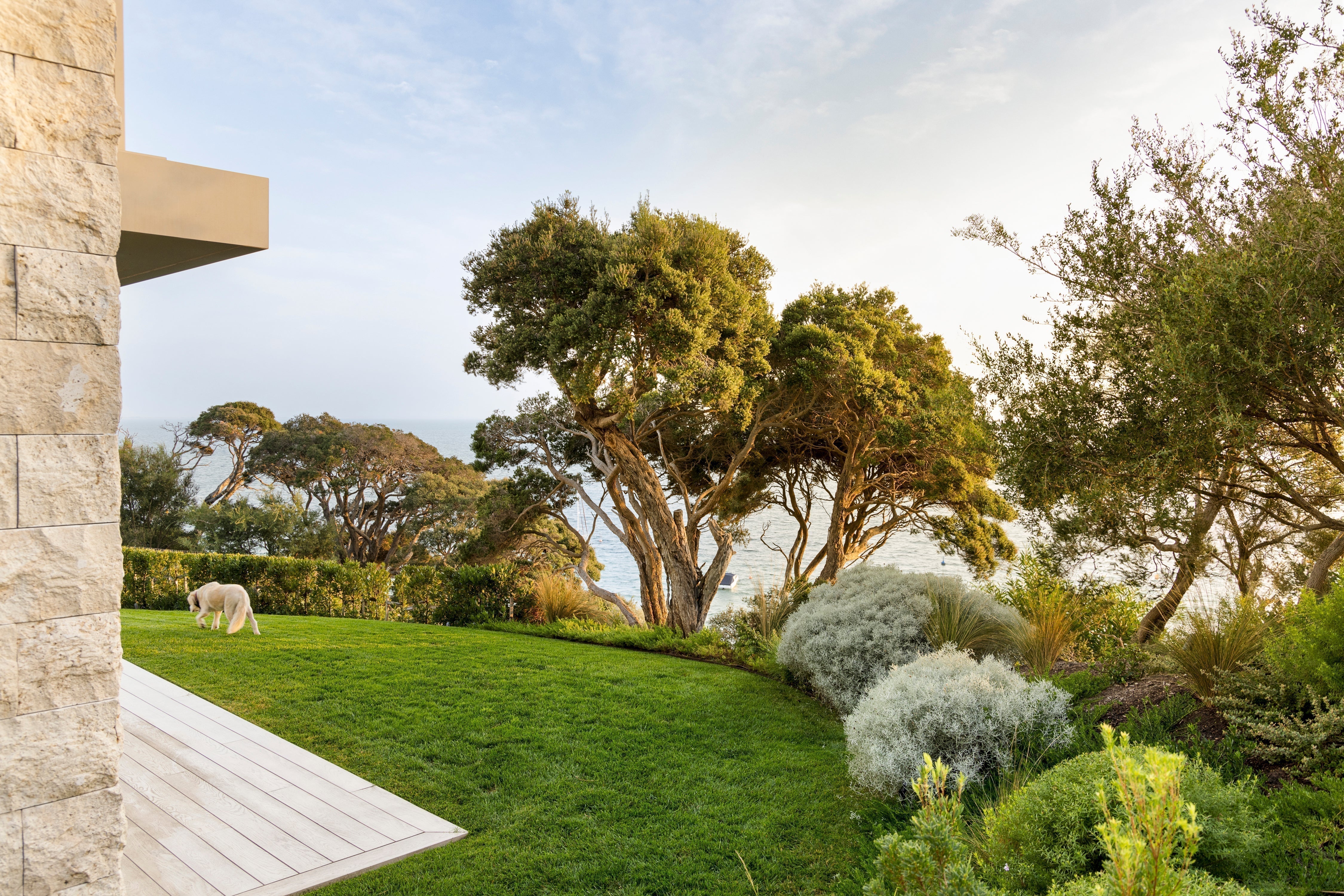
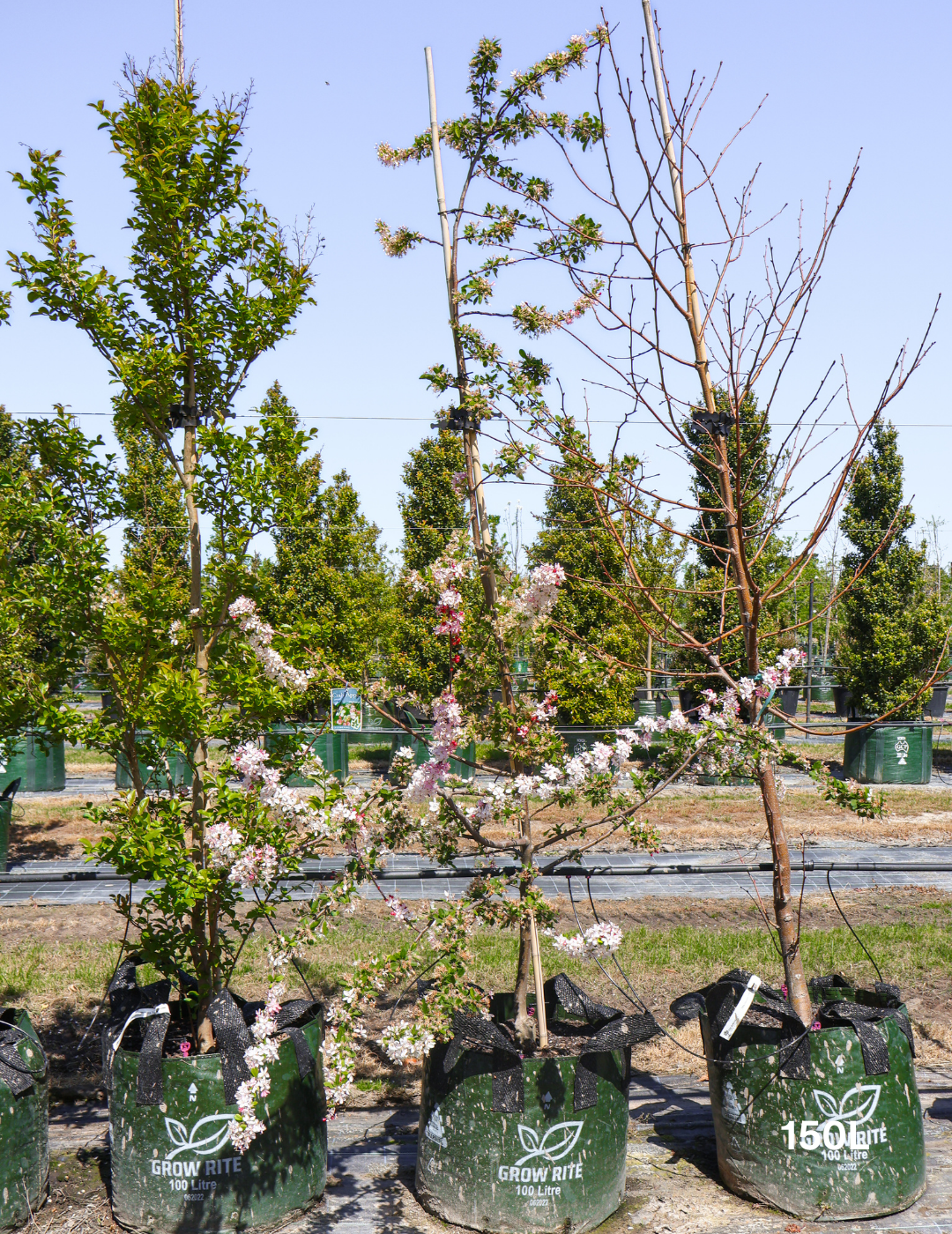
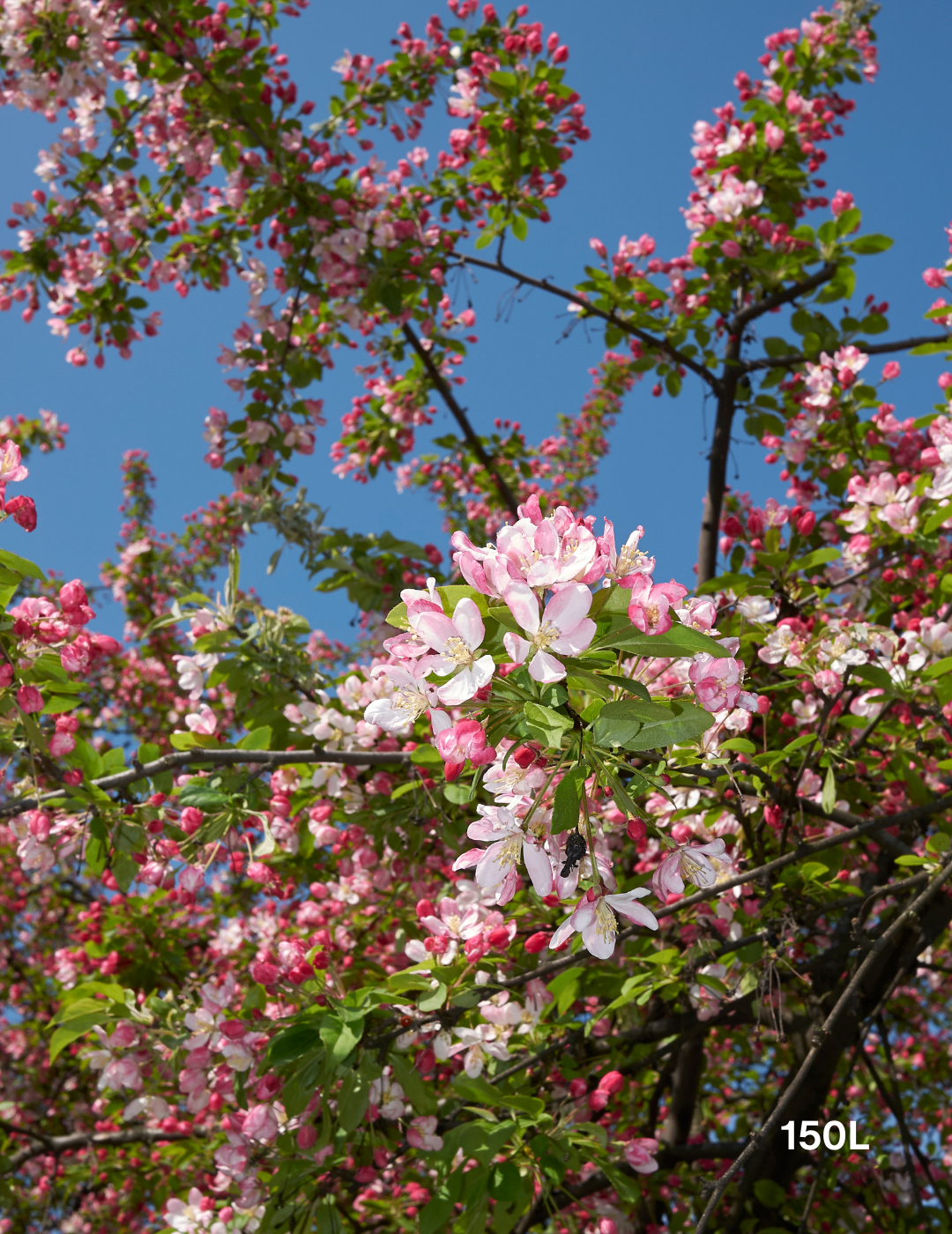
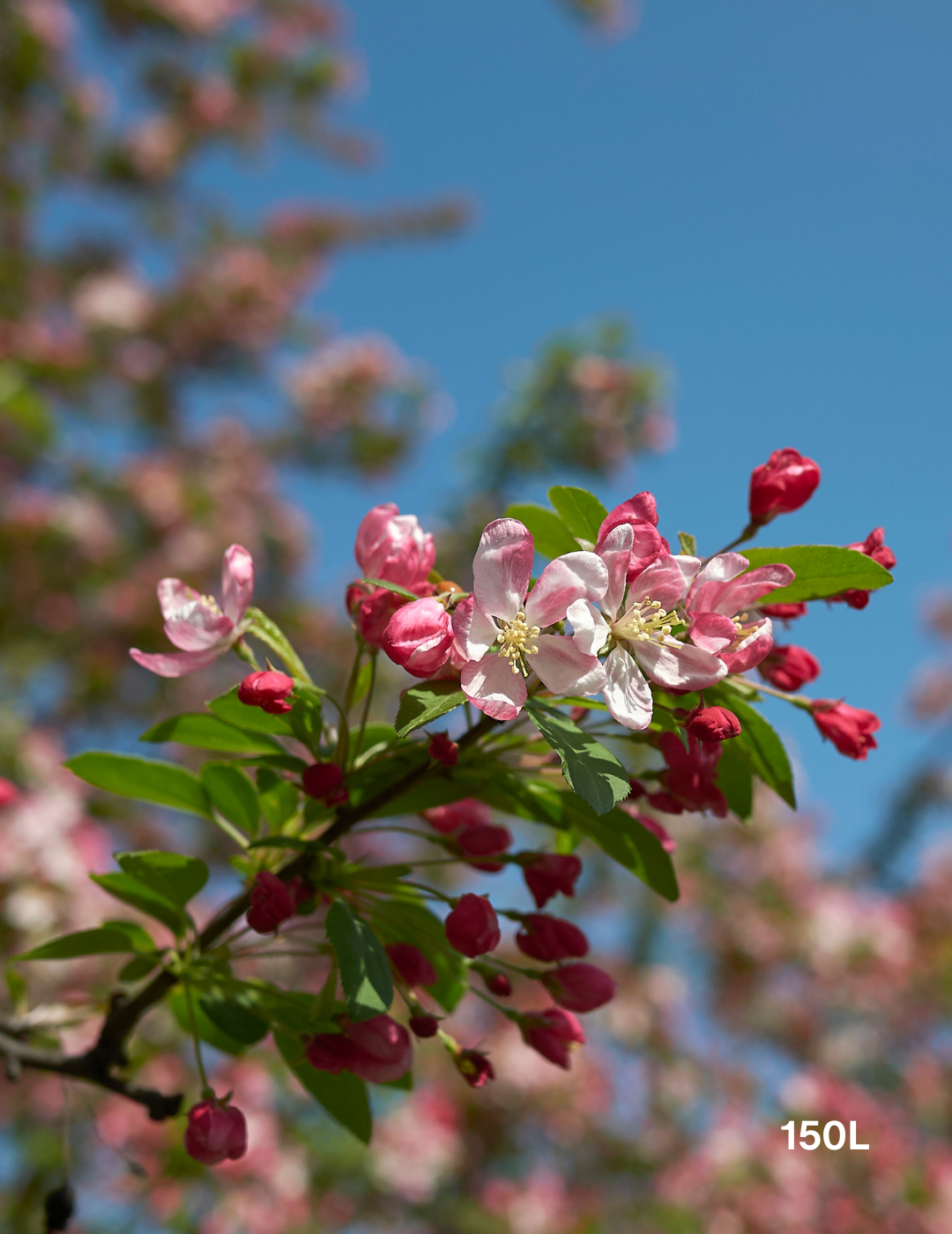
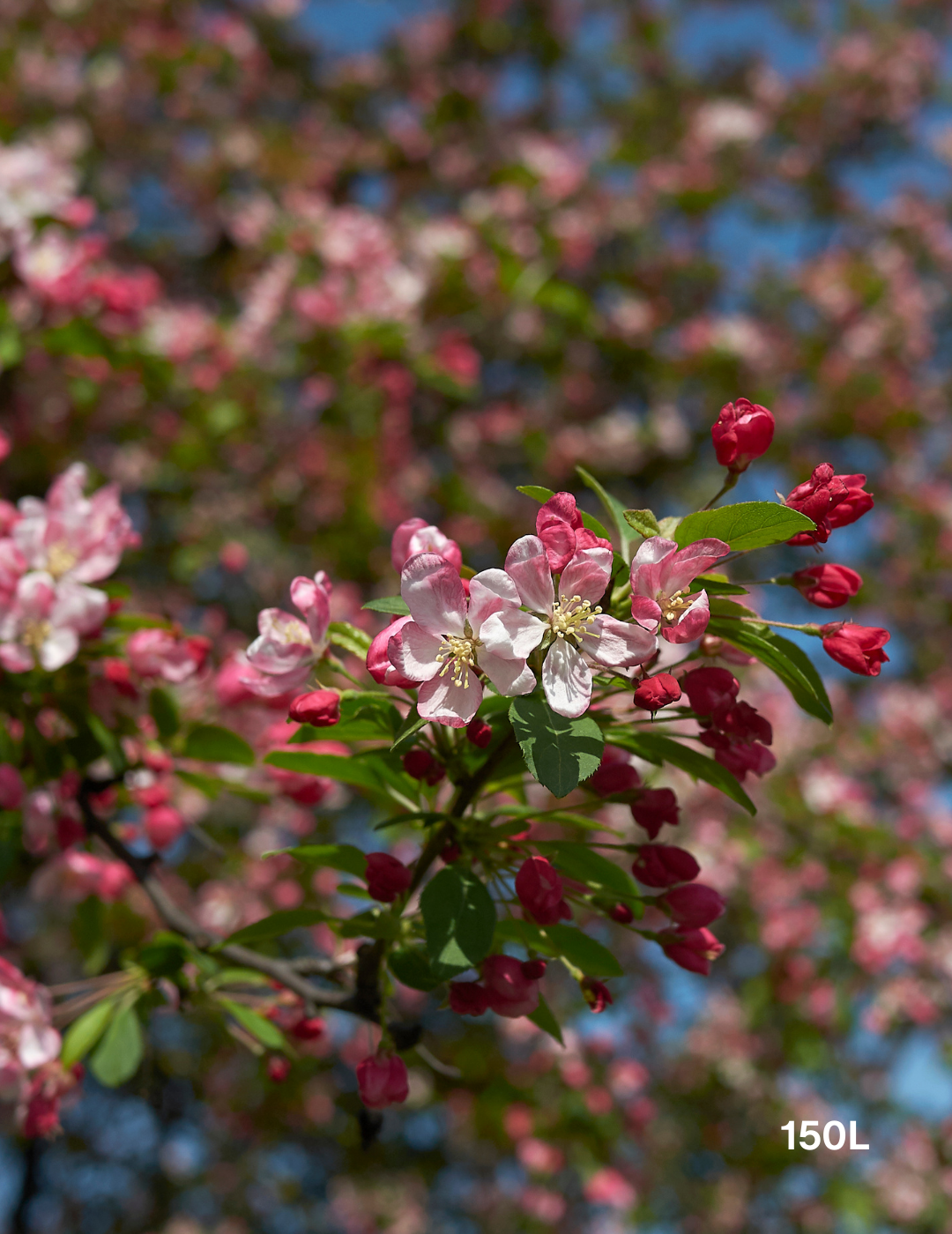

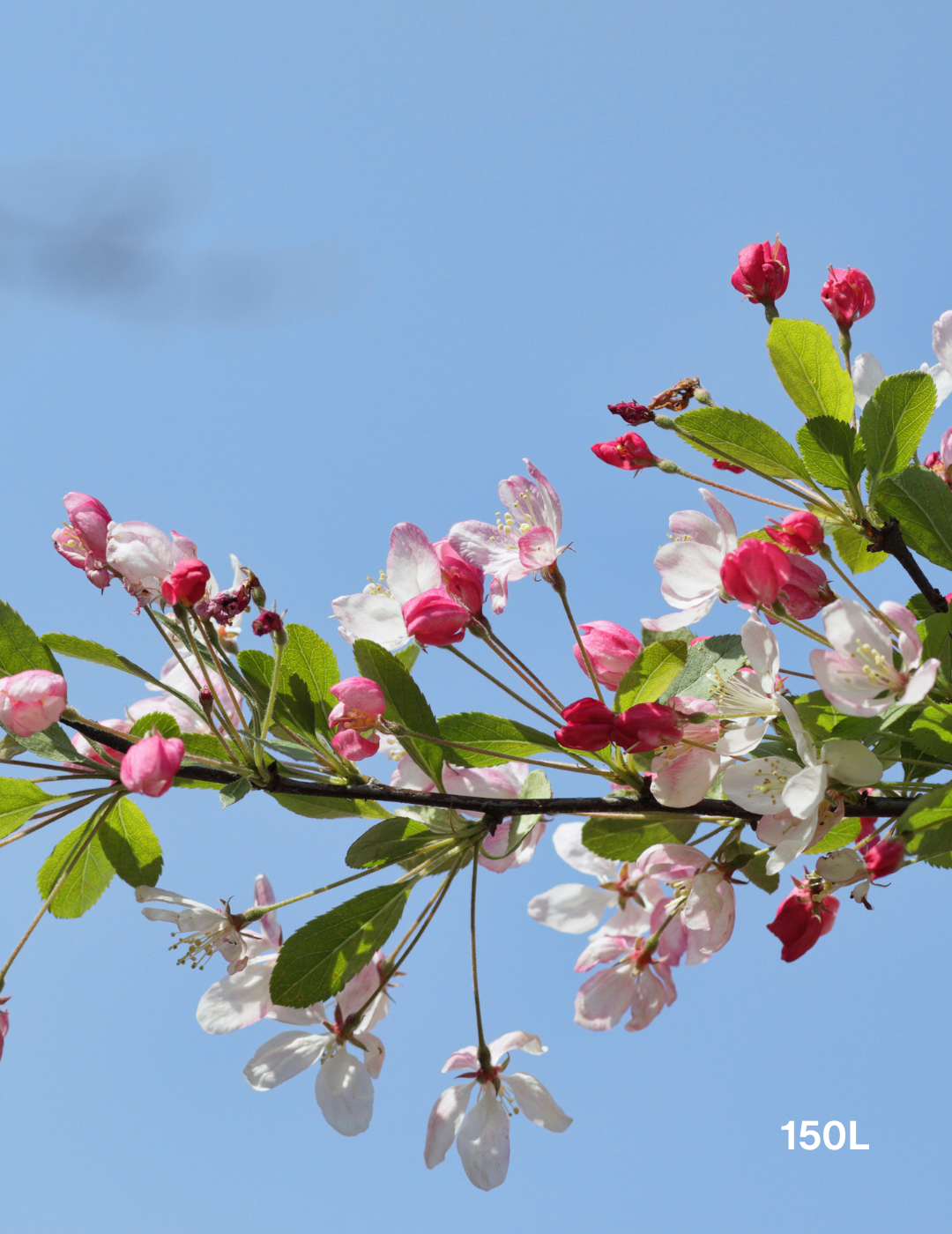
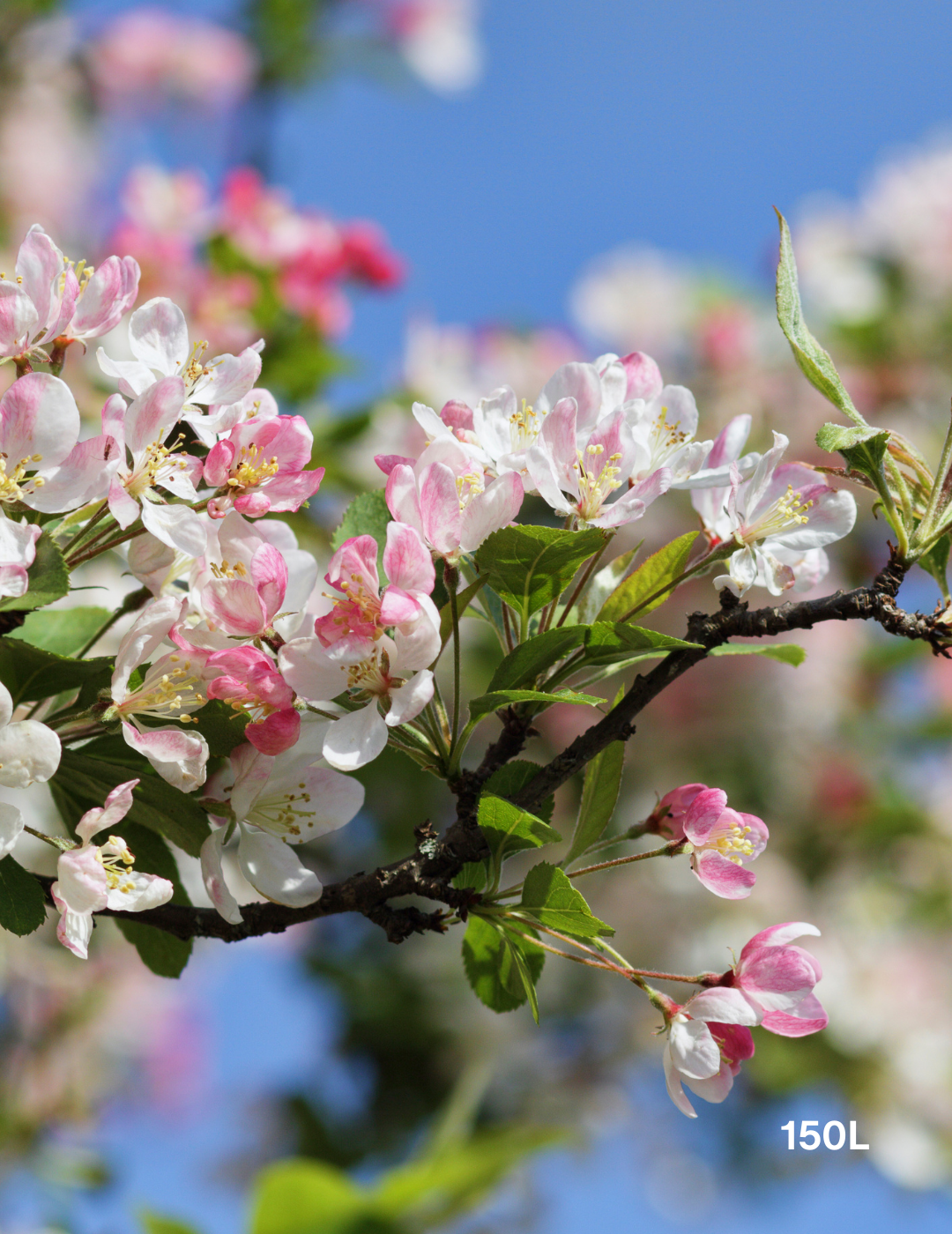
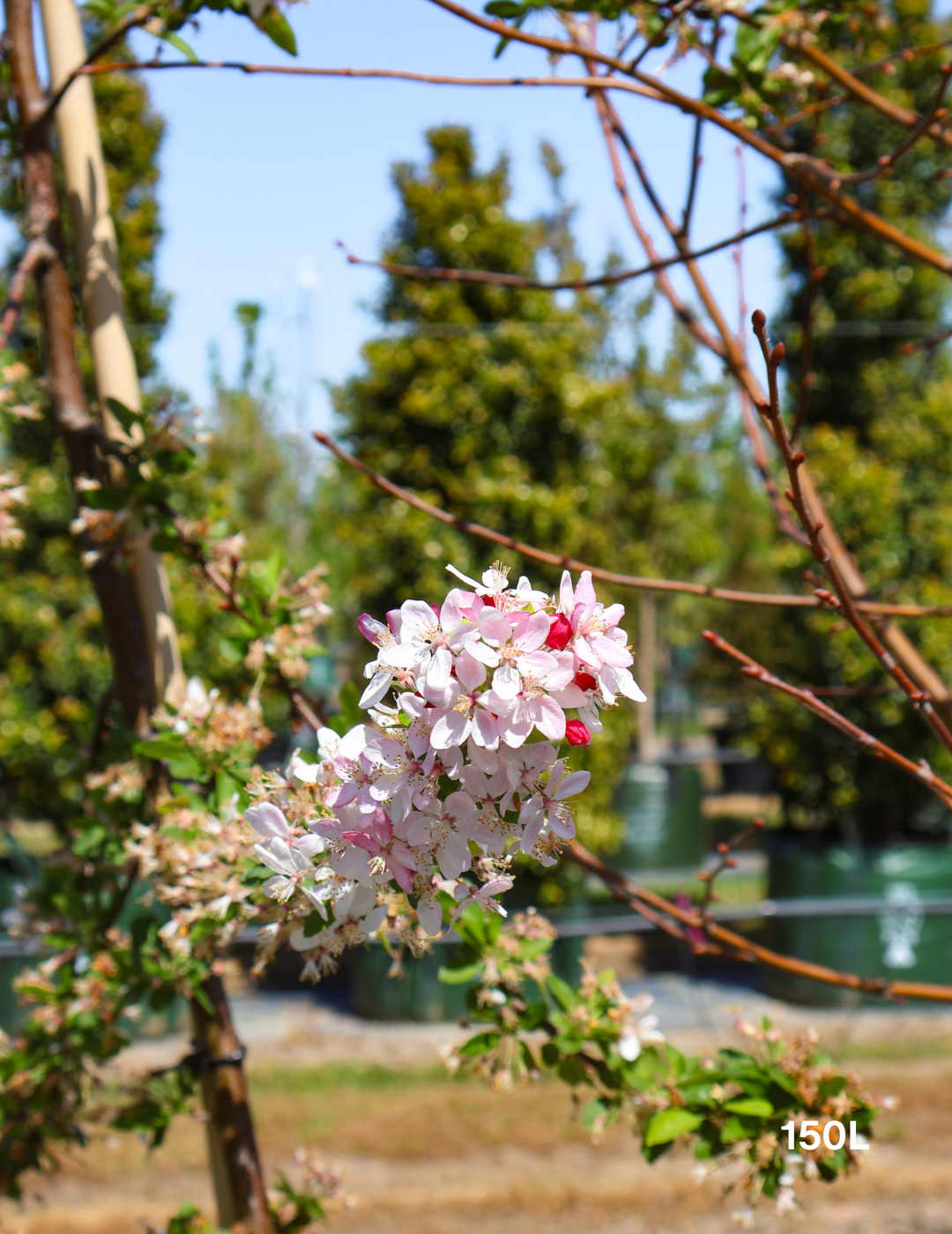
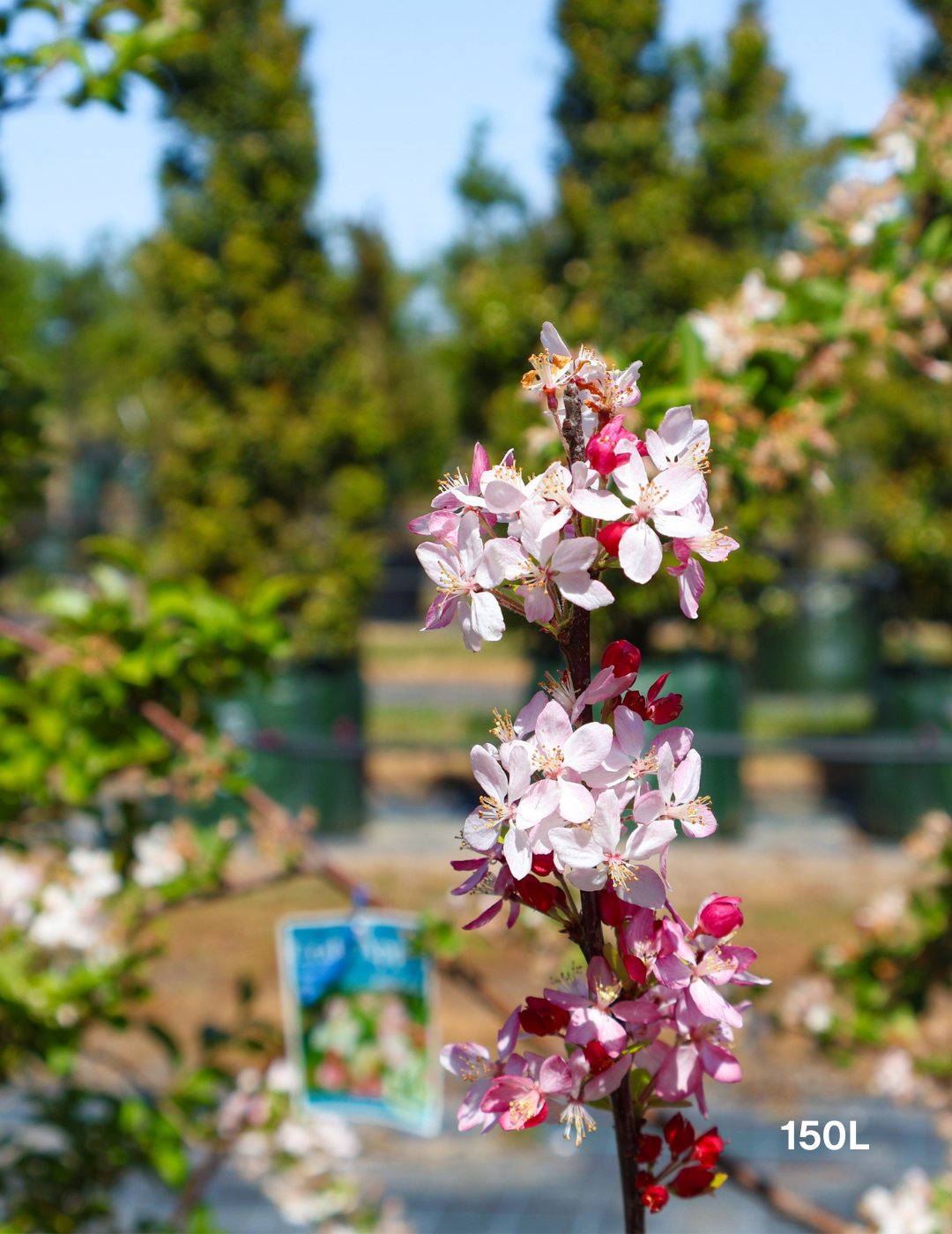
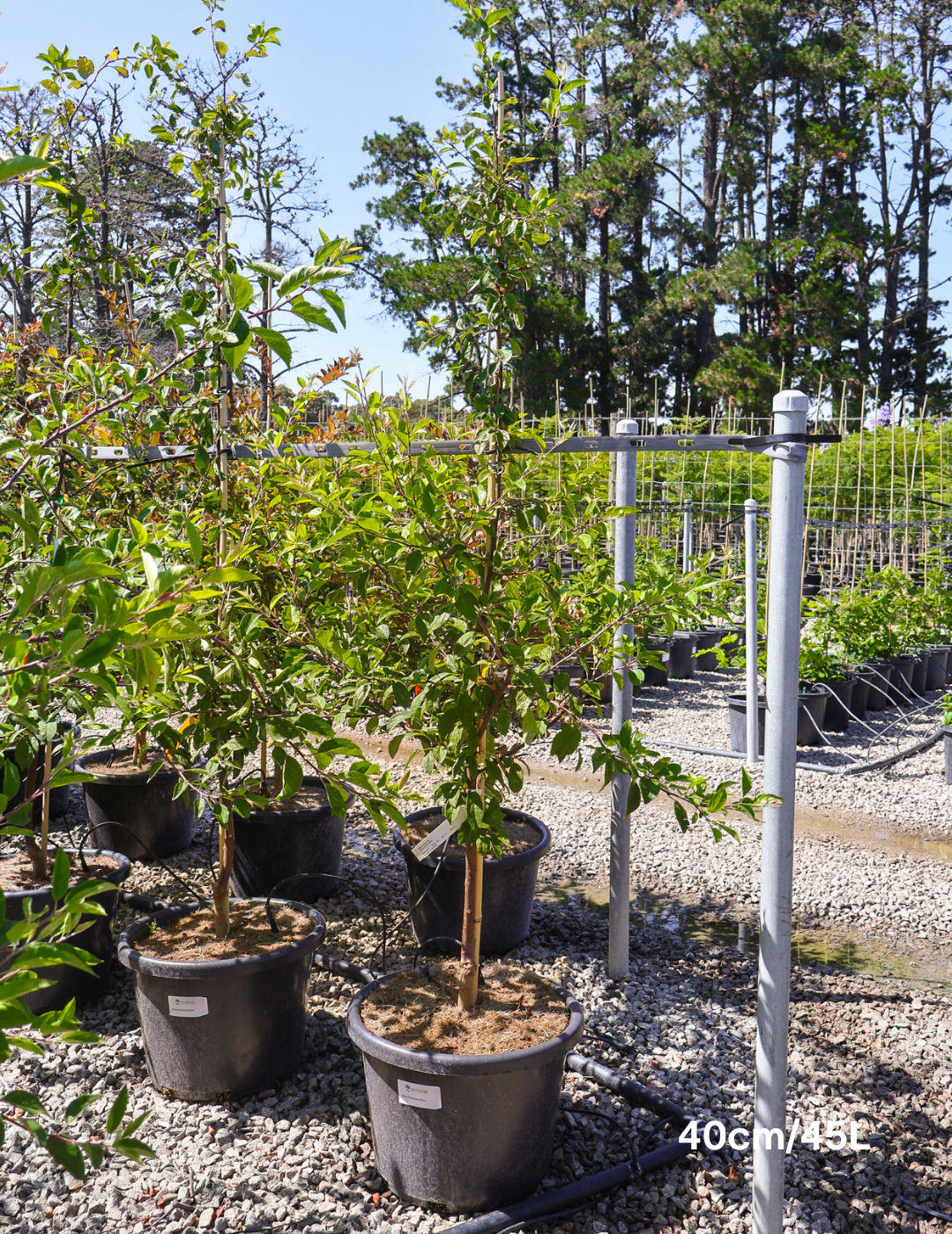
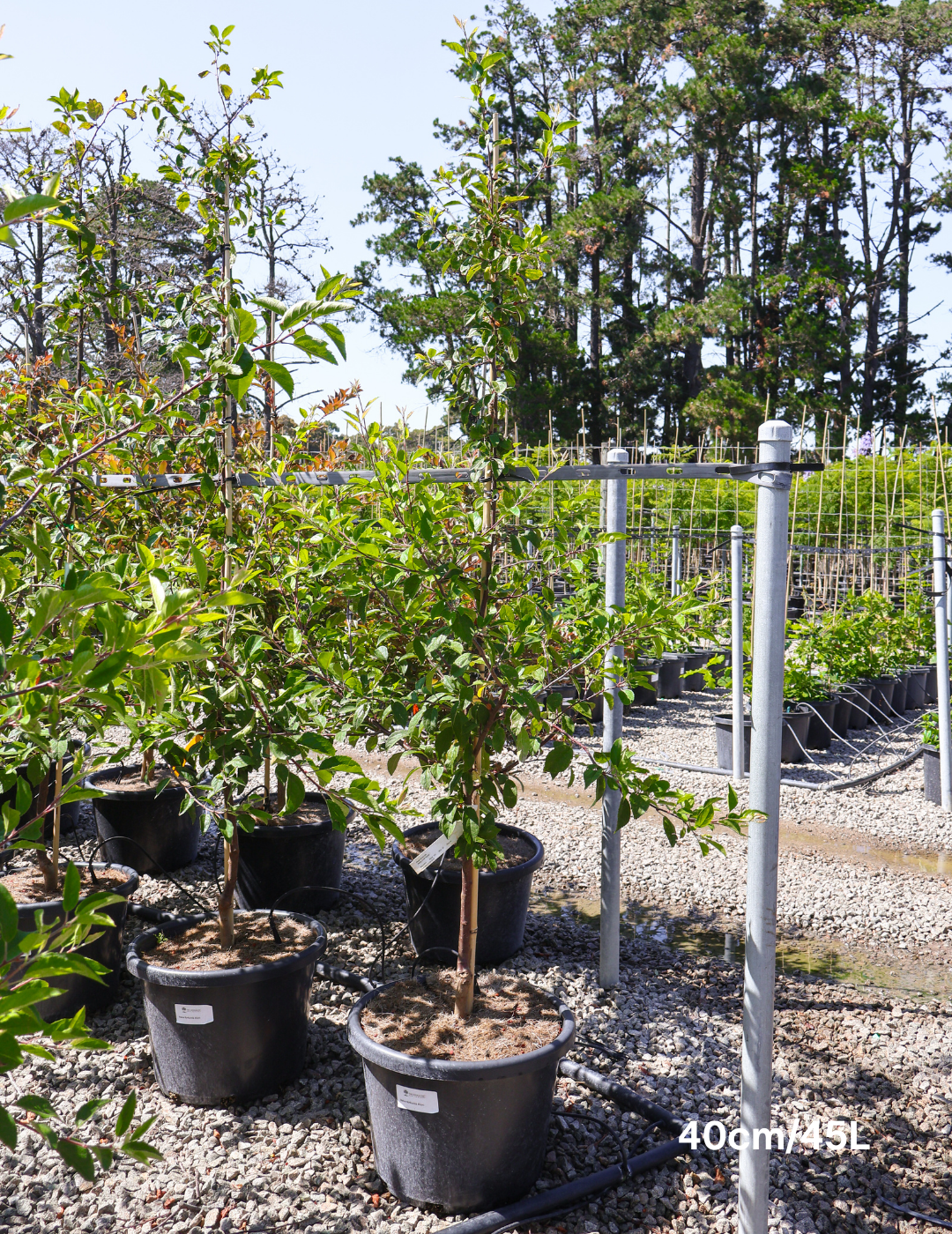
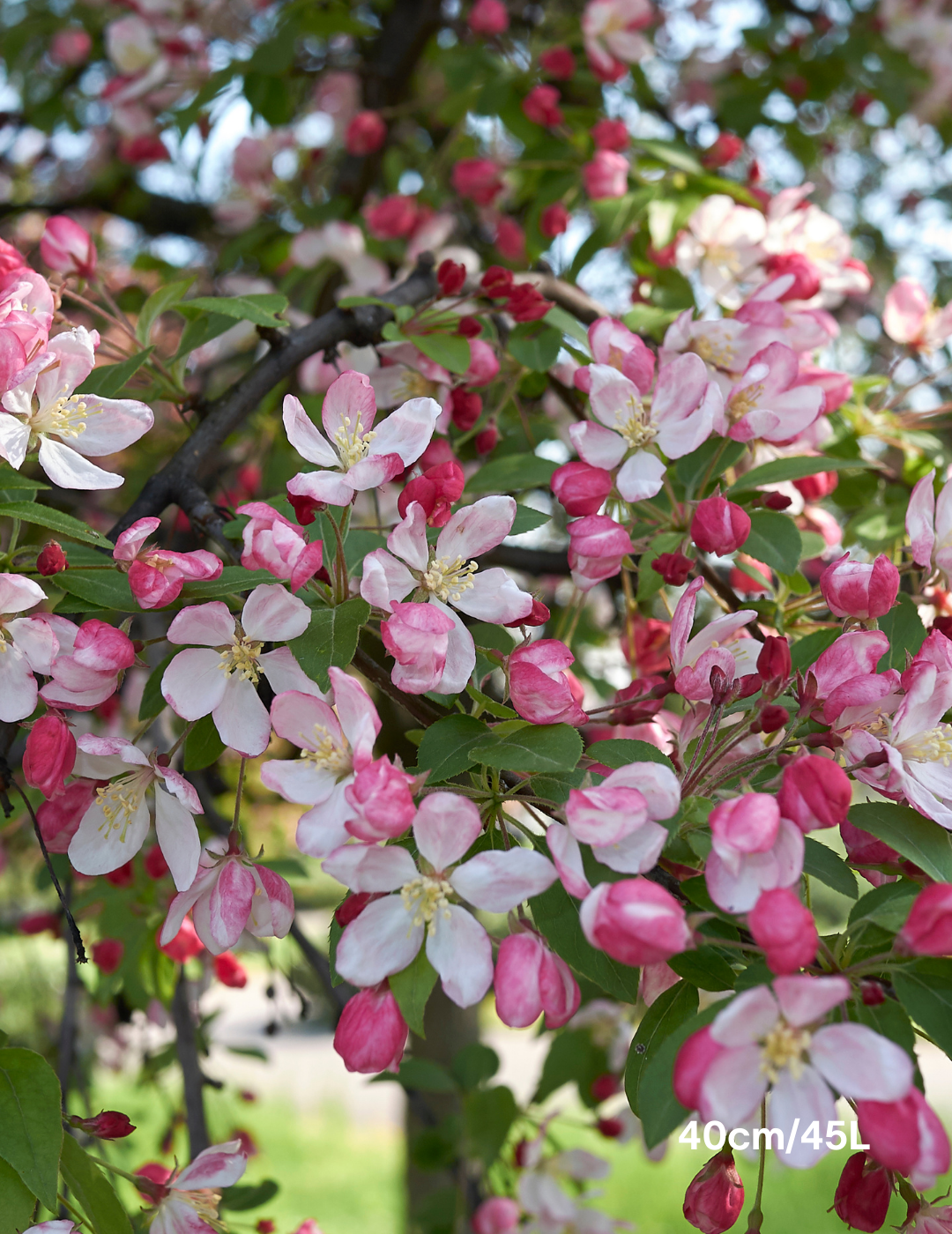
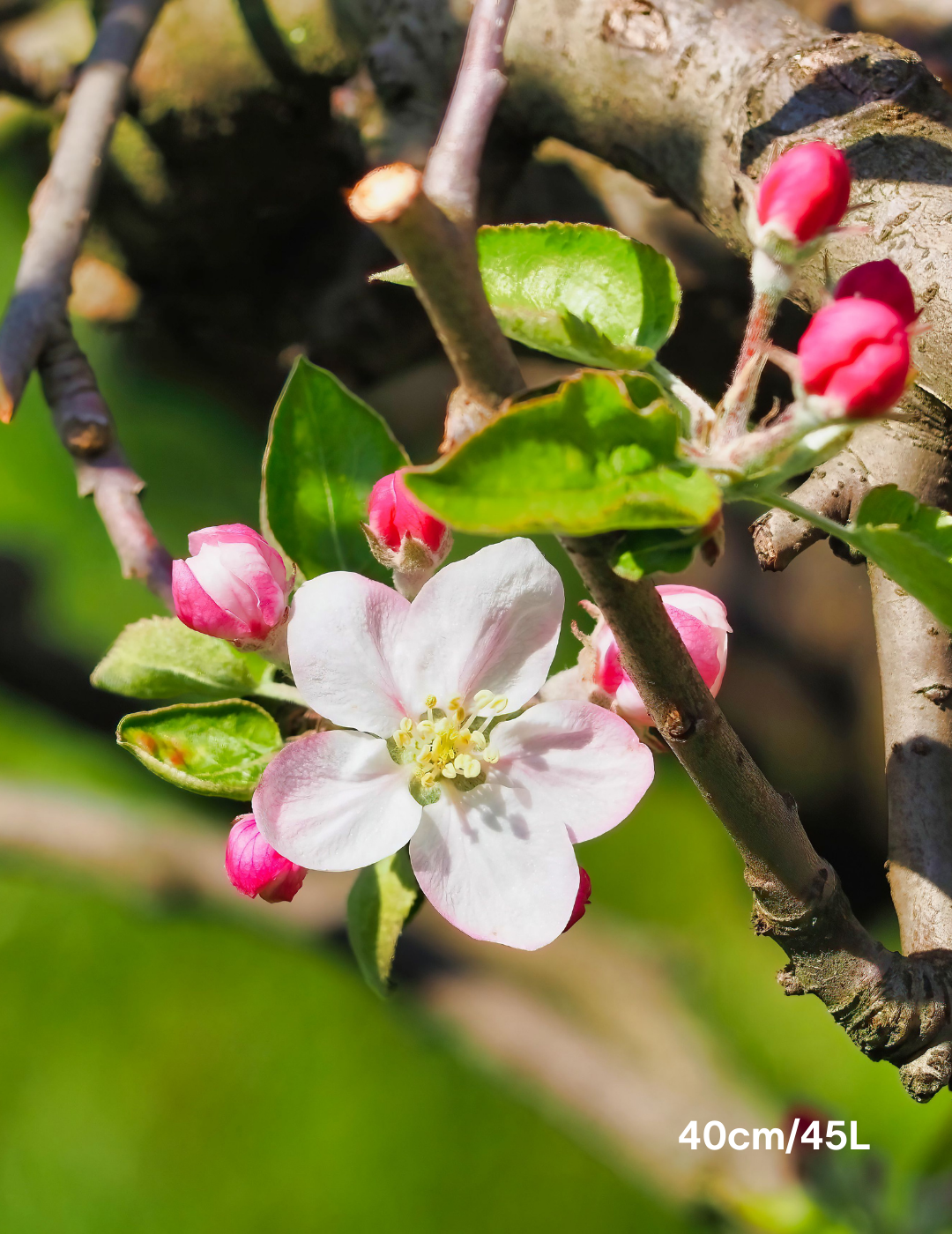
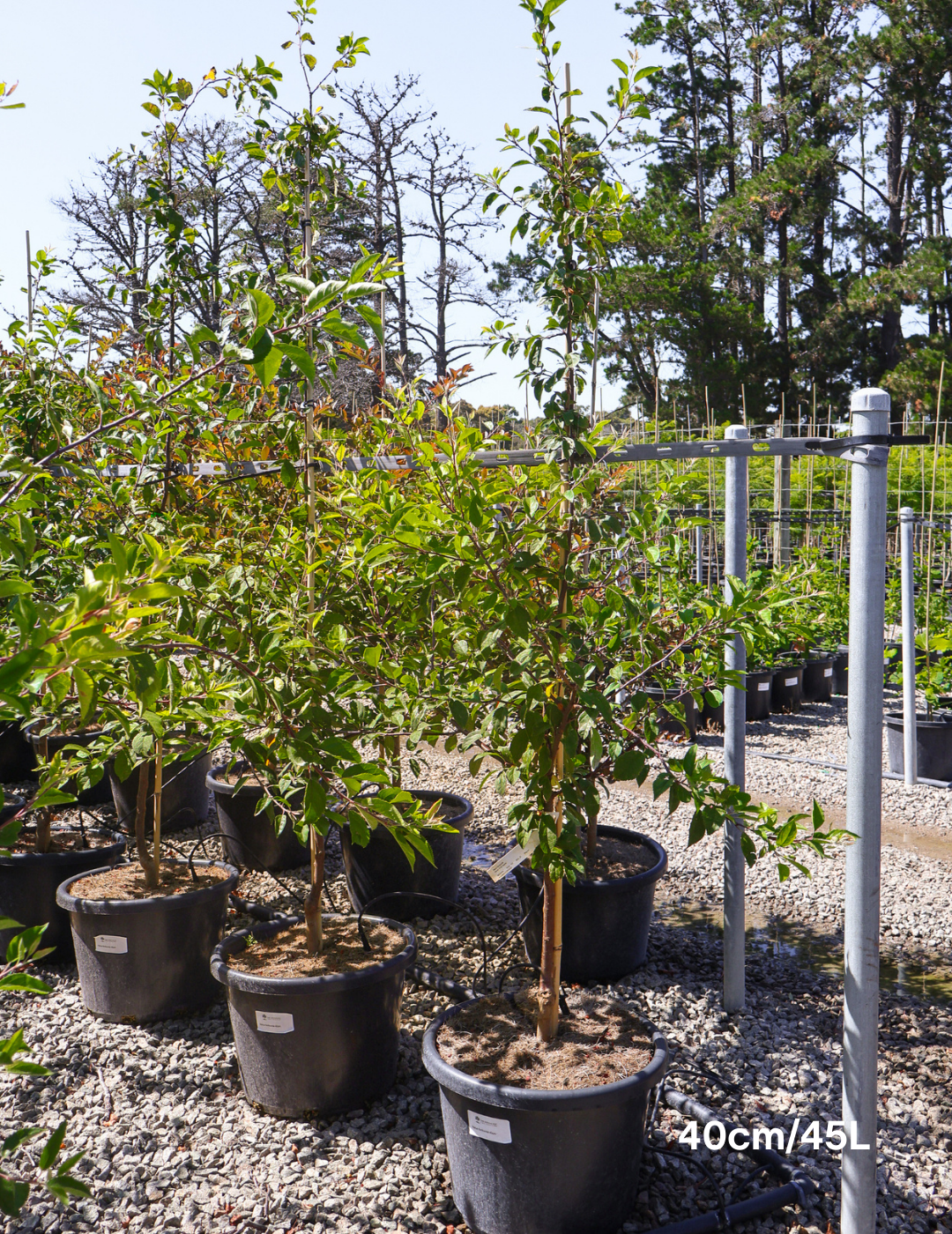
Malus floribunda (Japanese Crabapple)
- Regular price
- $680.00
- Sale price
- $680.00
- Regular price
-
Learn About Your New Malus floribunda (Japanese Crabapple)
Malus floribunda, commonly known as the Japanese Crabapple, is a highly ornamental deciduous tree prized for its spectacular display of spring blossoms. Native to Japan and East Asia, it is a popular choice in many temperate landscapes for its floral show, compact size, and relatively low maintenance.
Common Name: Japanese Crabapple
Mature Height (meters): 4-6 meters
Mature Width (meters): 4-6 meters
Spacing: Plant at least 4 meters apart from other trees or structures to allow for full canopy development.
Foliage: Malus floribunda has a moderate growth rate and features mid-green leaves that turn yellow and sometimes red in the fall, adding autumn interest to the garden.
Flowering Period: This tree is renowned for its profuse spring bloom. The flowers emerge as red buds, which open to reveal a stunning display of pale pink to white blossoms. These fragrant flowers not only add beauty to the landscape but also attract pollinators.
Fruit: Following the flowers, small, red to yellow crabapples develop, which persist into the winter. While the fruits are not typically consumed by humans, they are a valuable food source for birds and wildlife.
Form/Habit: Malus floribunda typically has a rounded to spreading habit, with gracefully arching branches that create an attractive silhouette throughout the year.
Uses: Due to its moderate size and stunning floral display, the Japanese Crabapple is ideal for use as a specimen tree, in flowering tree collections, or in residential gardens. It can also be planted along streets or in public parks.
Sun: Prefers full sun to partial shade.
Maintenance: Low maintenance; requires occasional pruning to maintain shape and remove any diseased or damaged wood.
Water Requirement: Moderate; regular watering is important, particularly in dry periods and during the first few years after planting.
Malus floribunda, with its breathtaking spring blossoms and charming fruits, is a delightful addition to any garden or landscape. This Japanese Crabapple offers not only aesthetic beauty but also ecological benefits, supporting local wildlife and enhancing biodiversity.
Need Assistance For Your Next Project? Let Us Help.
Evergreen Trees Direct is Australia's unrivaled supplier of the highest quality advanced tree stock. Our extensive supplier network allows us to provide a one-stop shop for all your landscaping needs, no matter how big or small the project. We pride ourselves on exceptional service, ensuring a seamless experience from selection to delivery. Trust us to bring your landscaping vision to life with the perfect trees for any outdoor space. With our unrivaled selection and commitment to service, Evergreen Trees Direct is the top choice for landscapers, property developers, and garden enthusiasts alike.
-
 A layered, resilient coastal garden designed to withstand harsh salt winds and seasonal extremes. This Mornington Peninsula property features a cur...
A layered, resilient coastal garden designed to withstand harsh salt winds and seasonal extremes. This Mornington Peninsula property features a cur... -
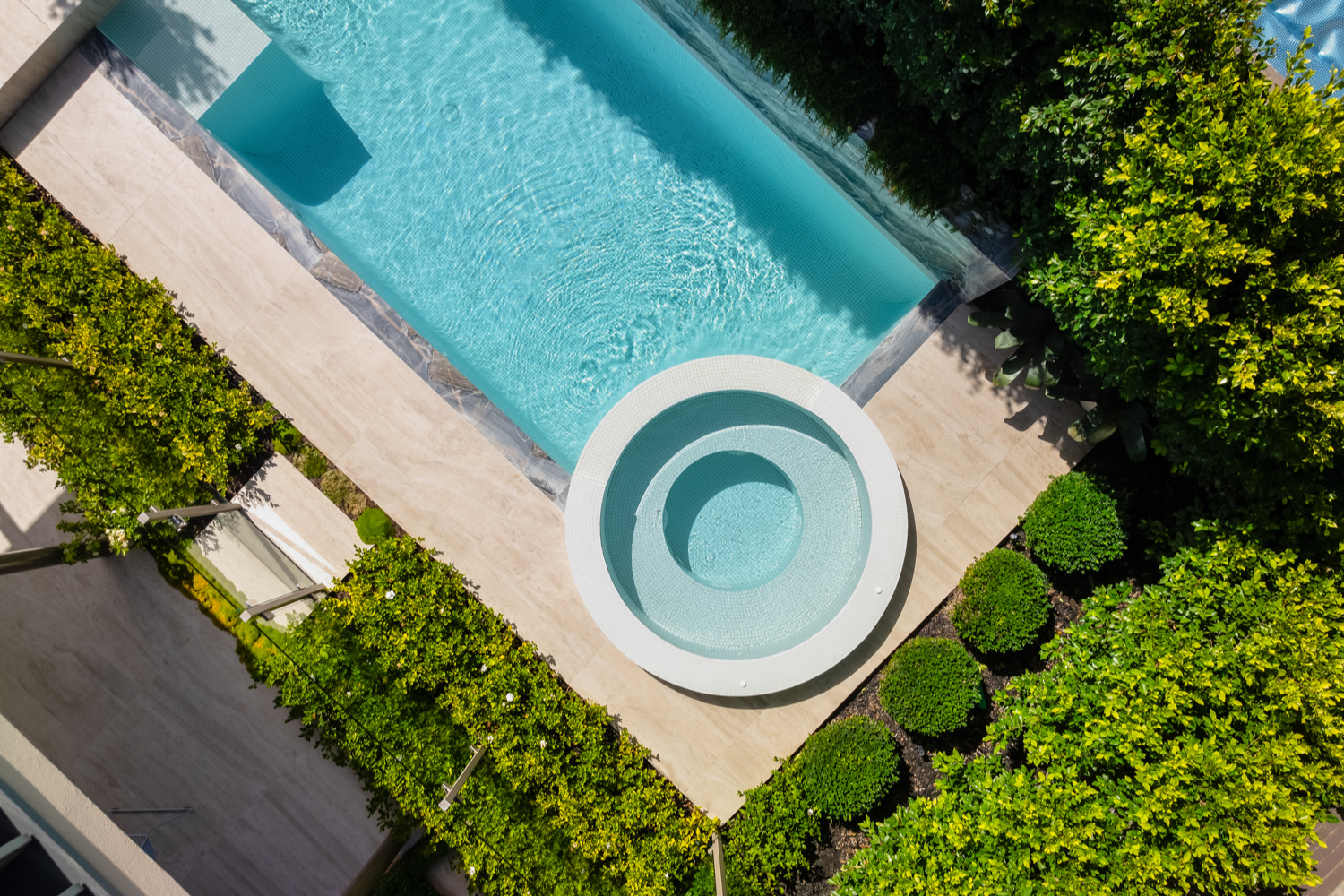
Brighton Project
Presenting our recent project in Brighton, Victoria, landscaped by Jack Merlo Landscape & Design. This modern landscape features a variety of h... -
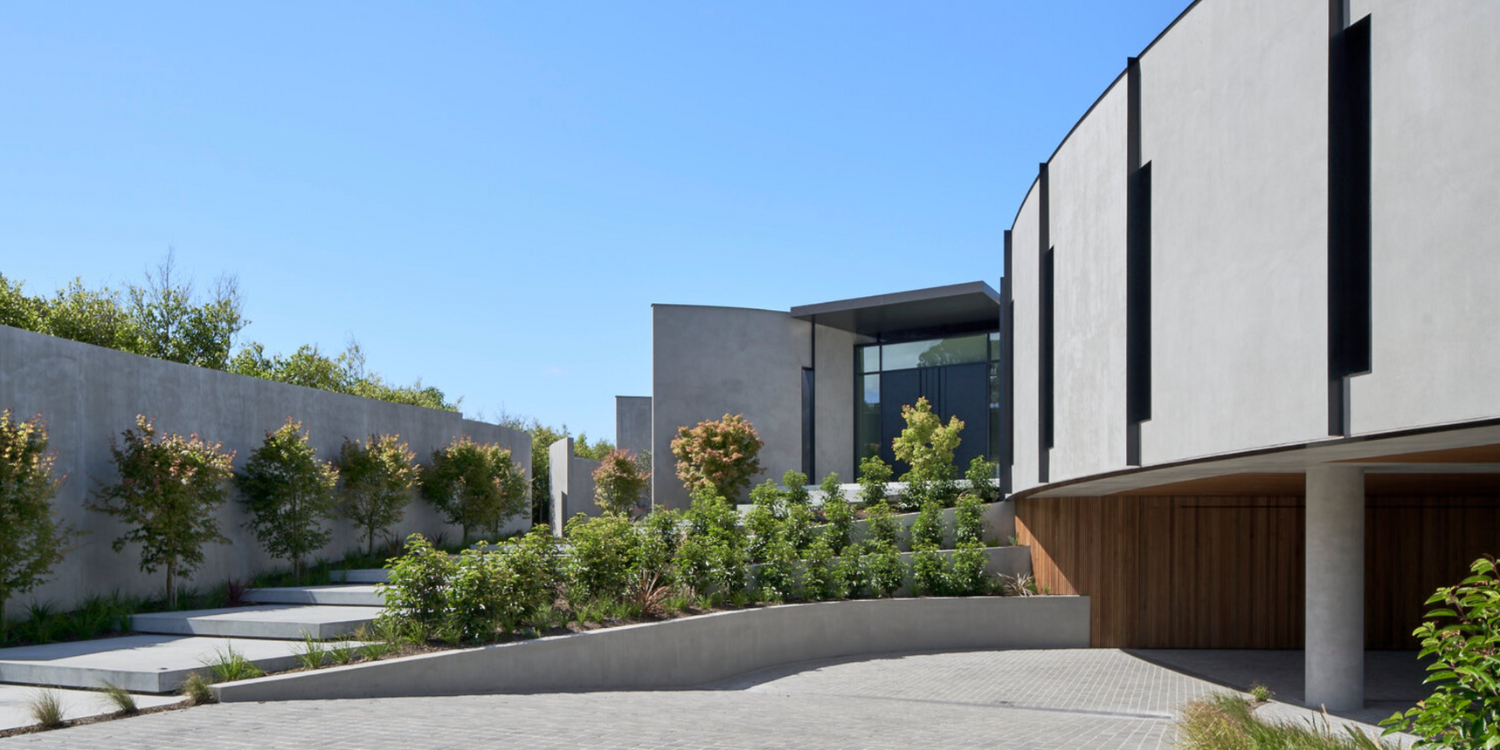
Horizon House, Flinders
Horizon House in Flinders blends nature with bold architectural design, using natural elements to enhance its modern aesthetic.Acer Palmatum (Japan...
